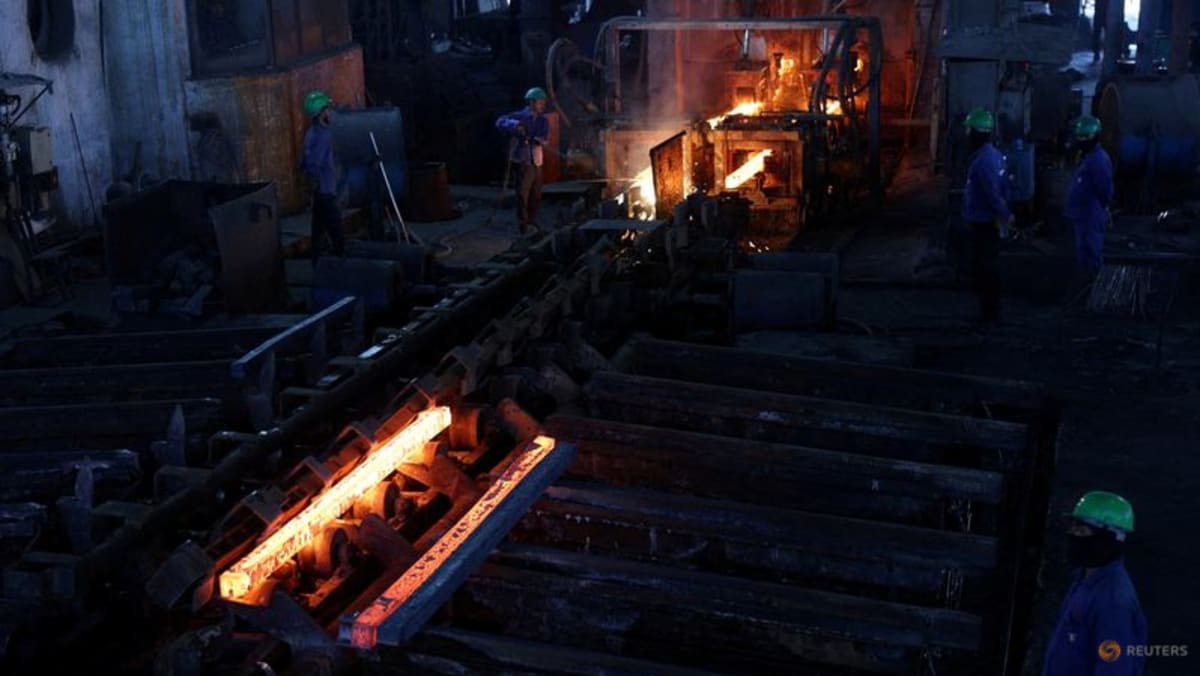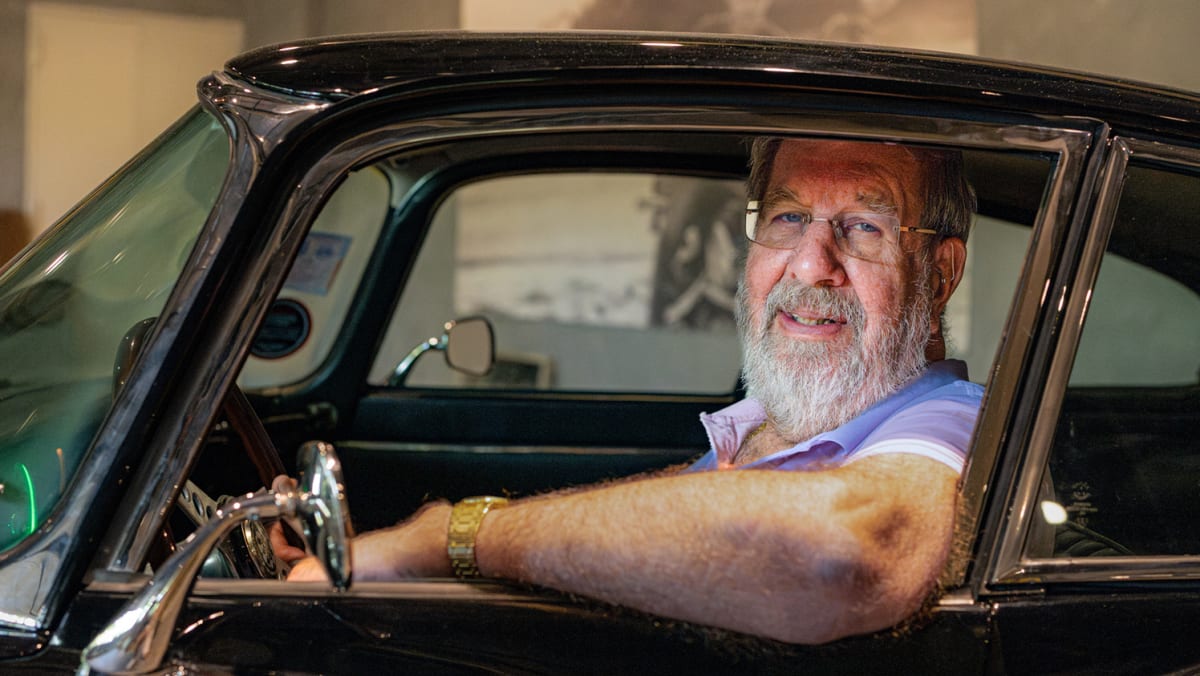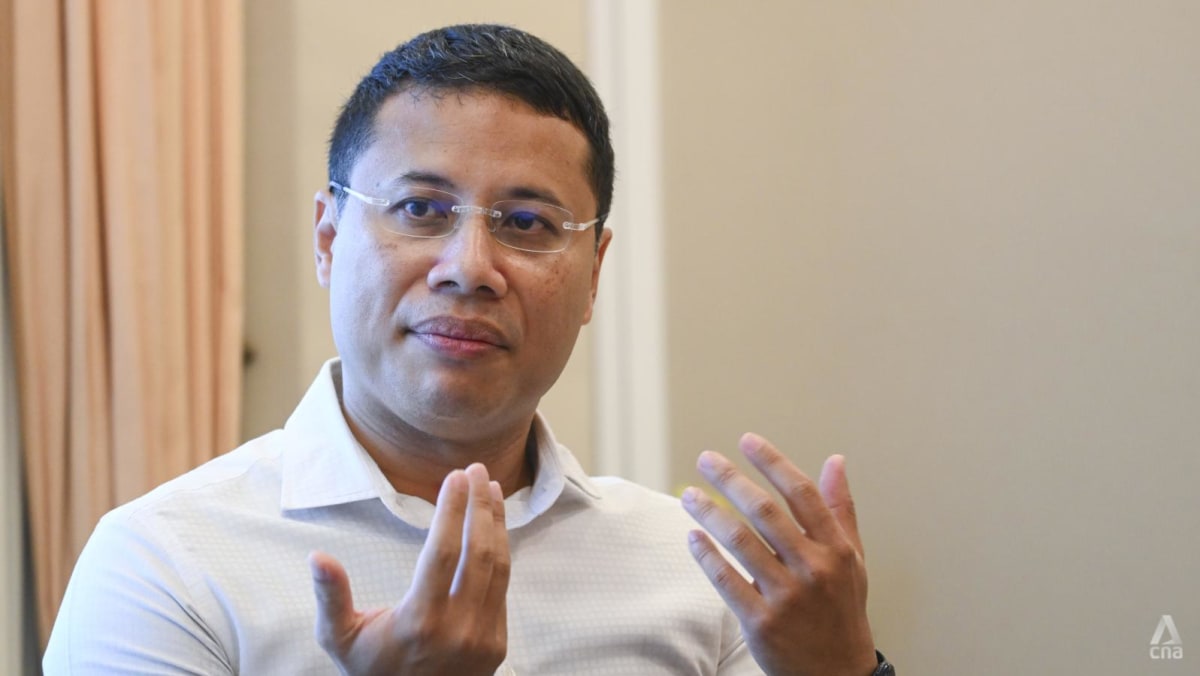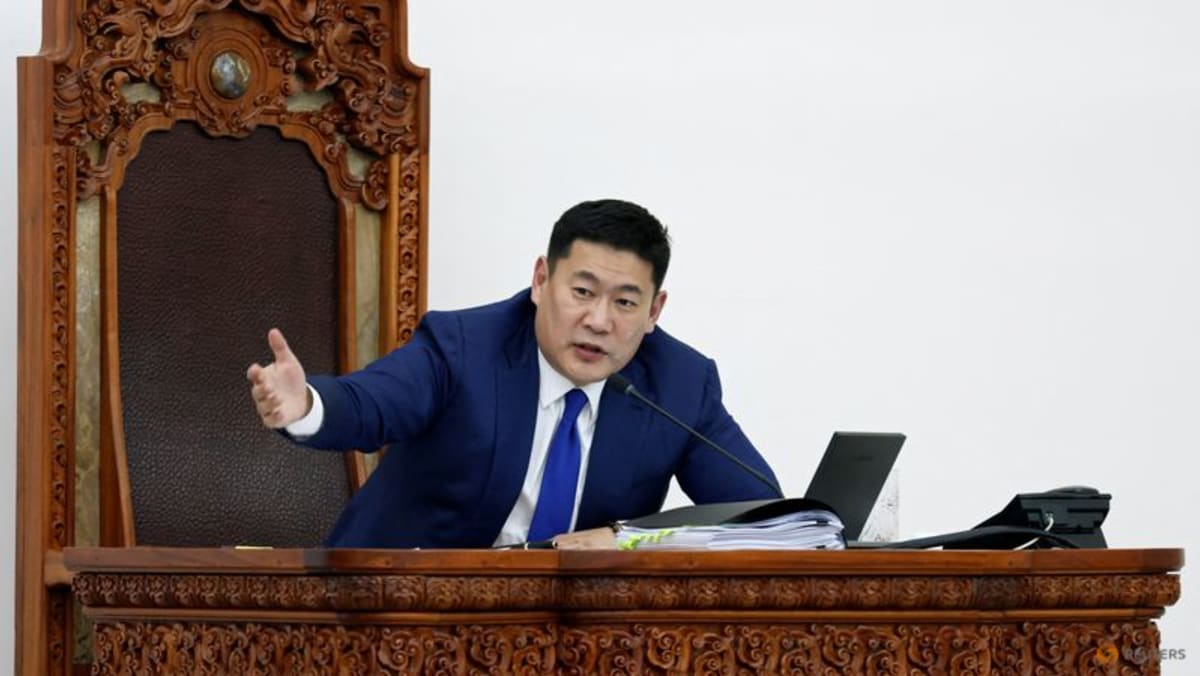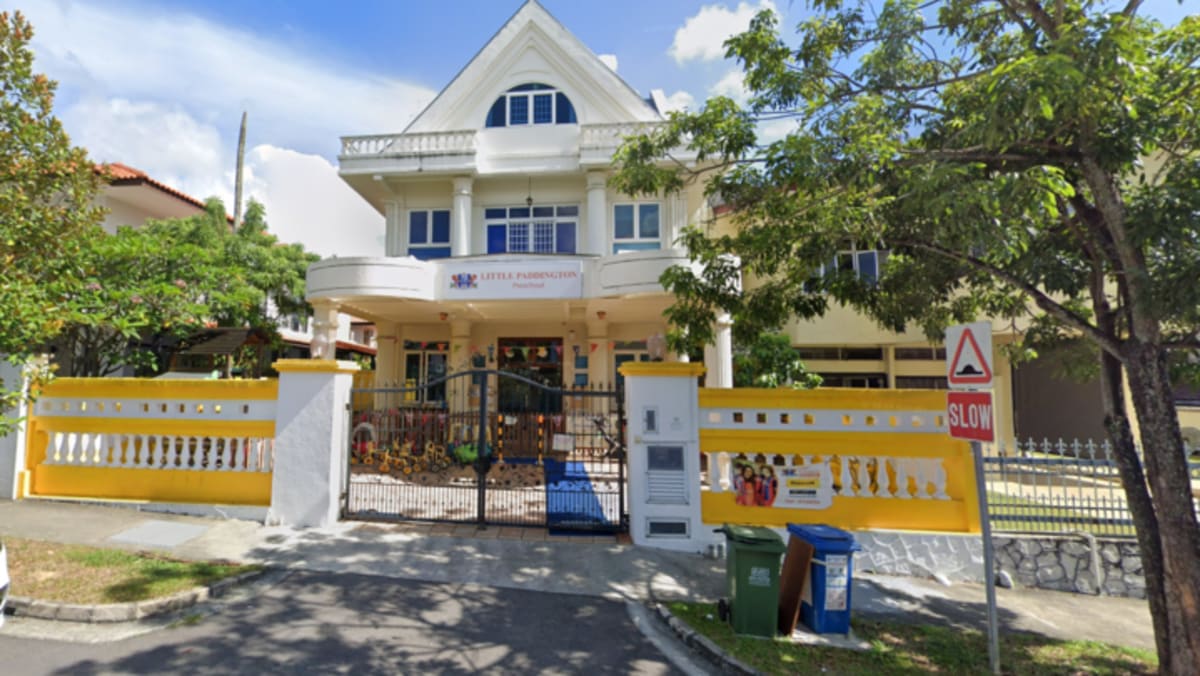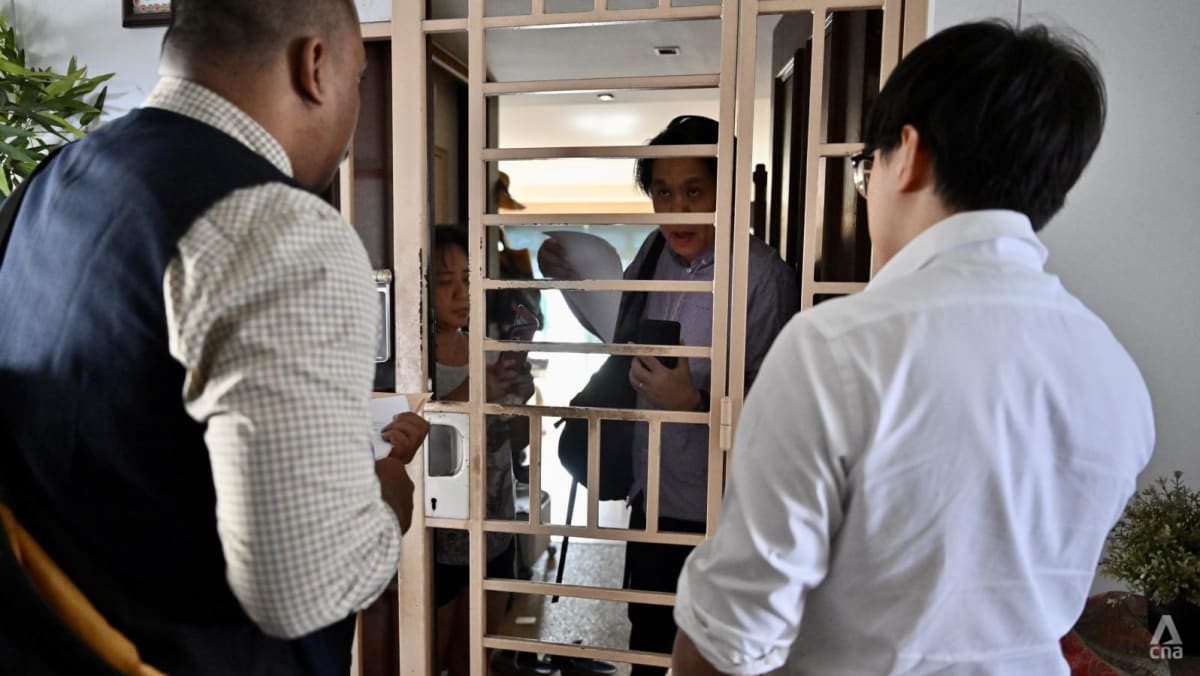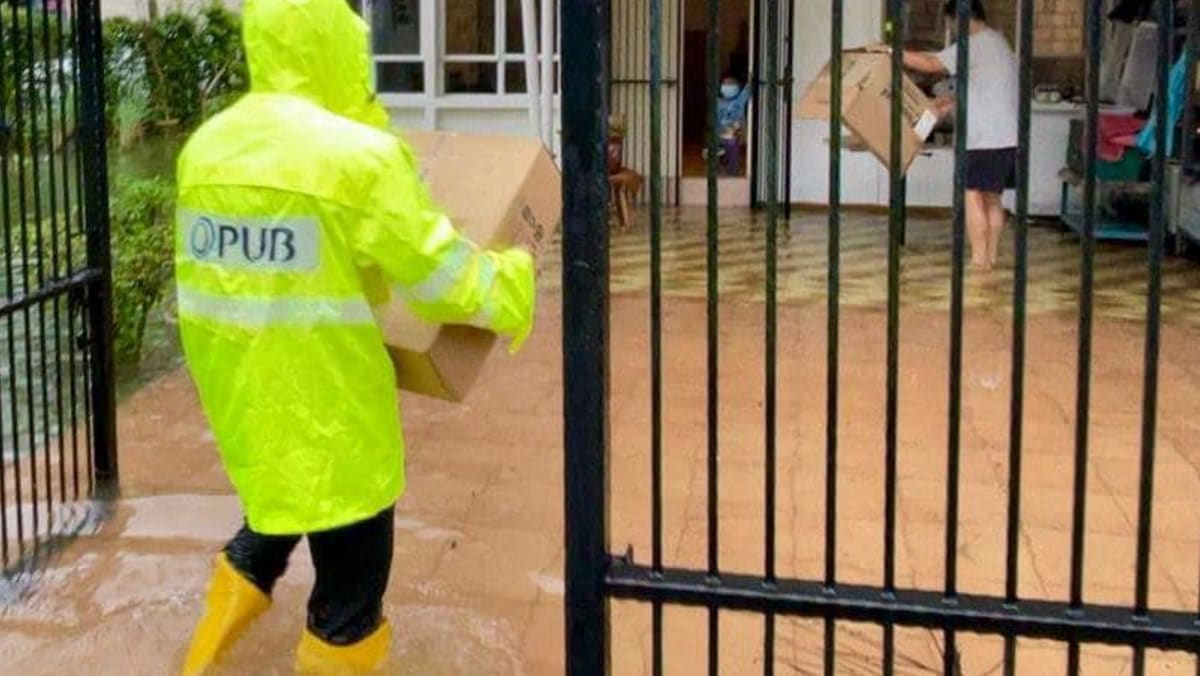SINGAPORE: Doctors at Alexandra Hospital (AH) have received a global patent for an artificial intelligence algorithm that helps make robotic knee replacement surgery more accurate and efficient.
The orthopaedic surgery team at AH has used the technology on about 200 patients since 2023.
Total knee replacement surgeries, which involve replacing damaged knee tissues with artificial joints typically made from a combination of metals, ceramic and plastic, are among the most common orthopaedic procedures, AH said in a media release on Tuesday (Feb 11).
The proportion of people aged 65 and above getting the procedure done increased 2.7 times between 1999 and 2019, the hospital said.
Robotic total knee replacement surgery, which involves the use of a robotic arm to assist the surgeon, in particular, have become more popular in the past five years due to their precision and potential for better patient outcomes, AH added.
“However, in a robotic knee replacement operation, finding the optimal solution that meets the surgeon’s goals and patient’s anatomy can be a complex process, because each person has a unique set of bone and ligamentous structures.” AH said.
AUTOMATING A MANUAL PROCESS
Speaking to CNA’s Singapore Tonight, Dr Glen Liau, who is part of the team that developed the algorithm, noted that there are many permutations and combinations for the placement of an implant.
For instance, a femur side bone implant - one of two implants that are usually placed in the knee - can be moved up or down, turned in or out, flexed or extended, and internally or externally rotated, he explained.
“Our algorithm is able to consider the thousands of permutations and within 0.1 seconds, rank them according to the patient's unique, specific anatomy and the surgeon's goals,” he said.
“In doing so, we hope to achieve the most optimum implant position that is planned for a patient who is undergoing robotic knee surgery.”
Currently, this process is done manually, and takes up about 15 minutes, AH said.
“Under time pressure, surgeons may test only two or three solutions before settling on one to implement, and this is not optimal, in an operating theatre setting with the patient on the surgery table under general anaesthesia,” AH added.
ADVANTAGES OF ALGORITHM
Dr Matthew Ng, who was then a student and jointly developed the algorithm alongside fellow student Ryan Loke, said that there are currently no wrong calculations or inaccurately placed robotic knee implants.
“Our algorithm produces thousands of solutions, but in the end, it is the surgeon who … who chooses the solution and inputs it back onto the robotic system,” he said.
“We have checks and balances within our algorithm as well to ensure that In the rare event that there is no solution, it informs the surgeon and suggests ways to correct or resolve the issue.”
Dr Liau said that there are benefits besides the precision.
“Our patients are able to have their operations done in a shorter duration, to be able to complete the operation and close up the wound, potentially would lead to lower blood loss, reduce the amount of anesthesia use and duration, and potentially reduce the risk of infection,” he said.

